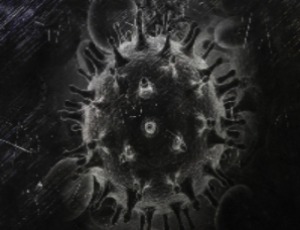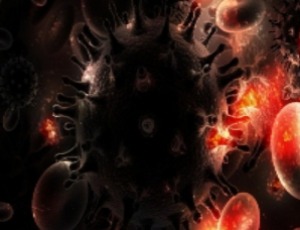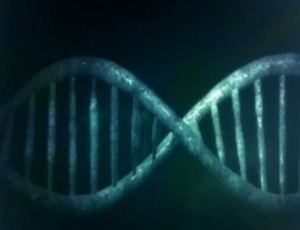Loading
Journal of AIDS and HIV Treatment
ISSN: 2688-7436
Most Cited Articles
Pre-exposure Prophylaxis (PrEP) for HIV Infection and New Sexually Transmitted Infections: A Win-Win Opportunity?
François Aubin, Clélia Vanhaecke, Christine Drobacheff, Fabien Pelletier, Manuelle Viguier
Pre-exposure prophylaxis (PrEP) significantly reduces the risk of HIV acquisition in patients exposed to a high risk of infection such as men who have sex with men (MSM), heterosexual couples, and people who inject drugs.
J AIDS HIV Treat, 2021, Volume 3, Issue 1, p1-3 | DOI: 10.33696/AIDS.3.011
Dihydropteroate Synthase (DHPS) Gene Mutations in Human Pneumocystosis
Bijay Ranjan Mirdha
Extraordinary journey began on June 18, 1981, the Centre for Disease Control and Prevention (CDC) in United States reported a cluster of Pneumocystis carinii pneumonia (now known as Pneumocystis jirovecii (P. jirovecii) pneumonia or Pneumocystis pneumonia in five gay men in Los Angeles.
J AIDS HIV Treat, 2021, Volume 3, Issue 1, p17-20 | DOI: 10.33696/AIDS.3.015
Assessment of Attitudes toward HIV and AIDS among Undergraduate Students at a Historically Black University
Prince Andrew, Azad R. Bhuiyan, Anthony Mawson, Mohammad Shahbazi
HIV is no longer only a public health challenge, but also a global threat with a devastating negative impact that has claimed over 35 million lives globally. In 2017, about 36.9 million people live with HIV, and 1.8 million people becoming newly infected with the disease globally [1].
J AIDS HIV Treat, 2019, Volume 1, Issue 2, p25-32 | DOI: 10.33696/AIDS.1.006
HIV-1 Treatment Failure among Population Taking Antiretroviral Therapy in Ethiopia
Yimam Getaneh, Atsbeha G Egziabhier, Kidist Zealiyas, Rahel Tilahun, Mulu Girma, Gebremedihin G/Michael, Tekalign Deressa, Ebba Abate, Desta Kassa, Yibeltal Assefa
For more than 35 years, the world has grappled with an AIDS epidemic that has claimed an estimated 35.0 million [28.9 million-41.5 million] lives and at its peak threatened global stability and security.
J AIDS HIV Treat, 2019, Volume 1, Issue 2, p46-57 | DOI: 10.33696/AIDS.1.008
Development of an Ultrasensitive HIV-1 DNA Detection Assay Based on an Automated πCode End-Point PCR System
Kazuo Suzuki, Jui-Yu Hu, Takaomi Ishida, Yuhung Lin, Satoshi Minote, Zhixin Liu, Julie Yeung, Leon Patrick McNally, Mitchell Starr, Angelique Levert, Philip Cunningham, John Zaunders, Chin-Shiou Huang
Currently, around 60-75% of the HIV positive patients in developed countries on anti-retroviral therapy (ART) have undetectable plasma viral load using current diagnostic PCR assays.
J AIDS HIV Treat, 2019, Volume 1, Issue 2, p69-88 | DOI: 10.33696/AIDS.1.010
About Scientific Archives
Scientific Archives is a global publisher initiated with the mission of ensuring equal opportunity for accessing science to research community all over the world. Spreading research findings with great relevance to all channels without any barrier is our goal. We want to overcome the challenges of Open Access with ensured quality and transparency.
